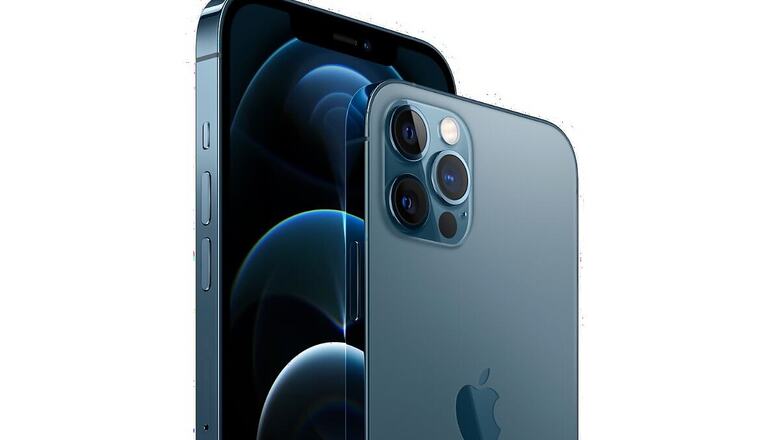
views
The Apple iPhone line-up for 2020 line-up brings four iPhones to the table, but what doesn’t change at all is the fact that the Pro devices, the Apple iPhone 12 Pro and the Apple iPhone 12 Pro Max are really resetting the benchmark in terms of photography performance. It was perhaps to be expected, but what has finally been unveiled is in all likelihood more than what anyone of us may have imagined. And that’s just one aspect, because across the board, the Apple iPhone 12 Pro line is a serious upgrade over the iPhone 11 Pro series. Incidentally, the pricing of the Apple iPhone 12 Pro and the Apple iPhone 12 Pro Max remains the same as last year. The Apple iPhone 12 Pro prices start Rs 1,19,900 while the Apple iPhone 12 Pro Max will cost upwards of Rs 1,29,900. The entry spec variant now gets double the storage from before, with 128GB. This will be available in Silver, Graphite, Gold and the new Pacific Blue colour options.
For starters, there is the design itself. The Apple iPhone 12 Pro gets a larger 6.1-inch Super Retina XDR display, growing up from the 5.7-inch display that the iPhone 11 Pro has. The Apple iPhone 12 Pro Max gets a 6.7-inch Super Retina XDR display, which is again a step ahead of the 6.5-inch display the iPhone 11 Pro Max rocks. The display gets the Ceramic Shield coating, which has been developed in partnership with Corning, the same folks who make the Gorilla Glass seen on other smartphones. The displays also pack in more pixels and are also brighter when it comes to HDR play.
It is the photography and videography bit that will have you the most interested though. The new Pro camera system brings larger pixels and wider aperture than the predecessors, even more so on the Apple iPhone 12 Pro Max. These have larger 1.7 μm pixels, new sensor-shift optical image stabilization, 5x optical zoom range and 87% better low light photos. On the iPhone 12 Pro, the wide camera captures 28% more light, there is a new 7–element wide lens and the OIS can make 5000 adjustments per second.
Then there is the LiDAR scanner that assists with Night mode portrait photos, improves autofocus speed and Apple believes this will enable a lot of augmented reality (AR) experiences when apps use this to the fullest. It is expected that LiDAR will offer up to 6x faster autofocus in low light.
You think that’s it? Wait, there’s more. The computational photography gets a big boost as well including Deep Fusion, and there is the new Smart HDR 3 as well that will improve the dynamic range in photos much more. Later this year, Apple will roll out the update that adds the ProRAW mode to the Apple iPhone 12 Pro cameras—this basically gives you a RAW image for editing along with certain tweaks on noise reduction and exposure that the algorithms would have already done for you.
Last but not least is the ability to record videos in Dolby Vision HDR, at 4K resolution and 60 frames per second. This makes the Apple iPhone 12 Pro phones the first in the world of smartphones to be able to record in Dolby Vision. This is up 10-bit HDR recording with the ability to capture and reproduce as many as 700 million colours. And once you are done, you can even edit Dolby Vision videos on the device itself—from the Photos app.
The Apple iPhone 12 Pro devices will support the sub-6GHz and the mmWave 5G standards, which means the new iPhone 12 will work on pretty much most 5G networks globally. Under the hood is the Apple A14 Bionic chip that has already started its journey with the Apple iPad Air refresh announced last month. The A14 Bionic is designed on a 5nm manufacturing process, making it the first commercially available 5nm chip. The A14 Bionic also doubles the cores of the Neural Engine from 8 to 16 allowing it to quicken machine learning tasks. This chip can do 11 trillion operations per second.
Read all the Latest News and Breaking News here




















Comments
0 comment